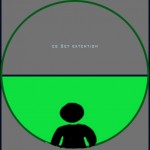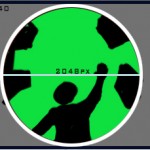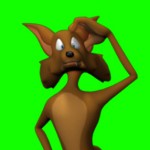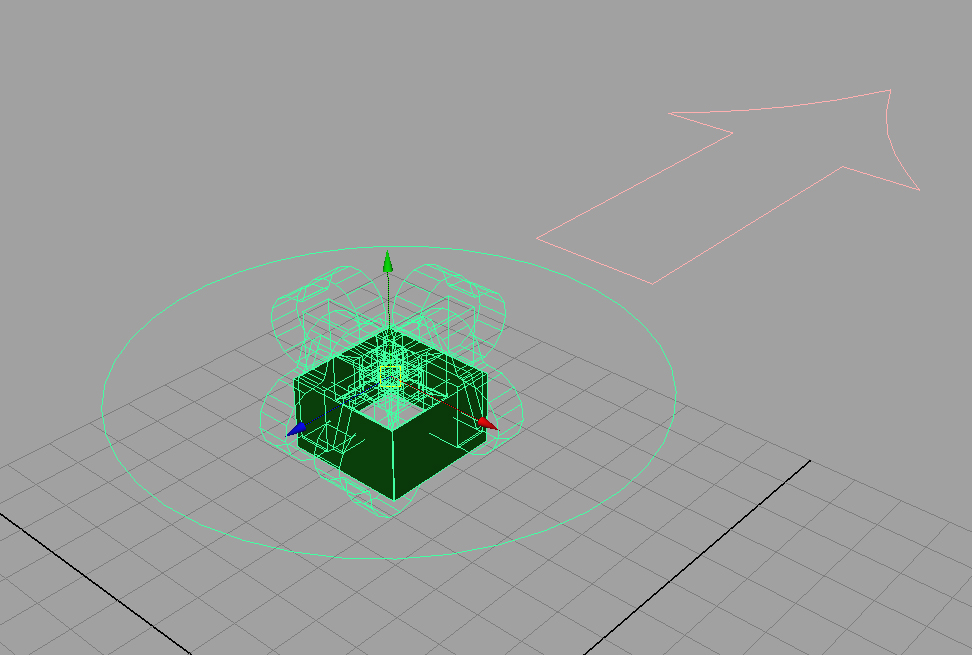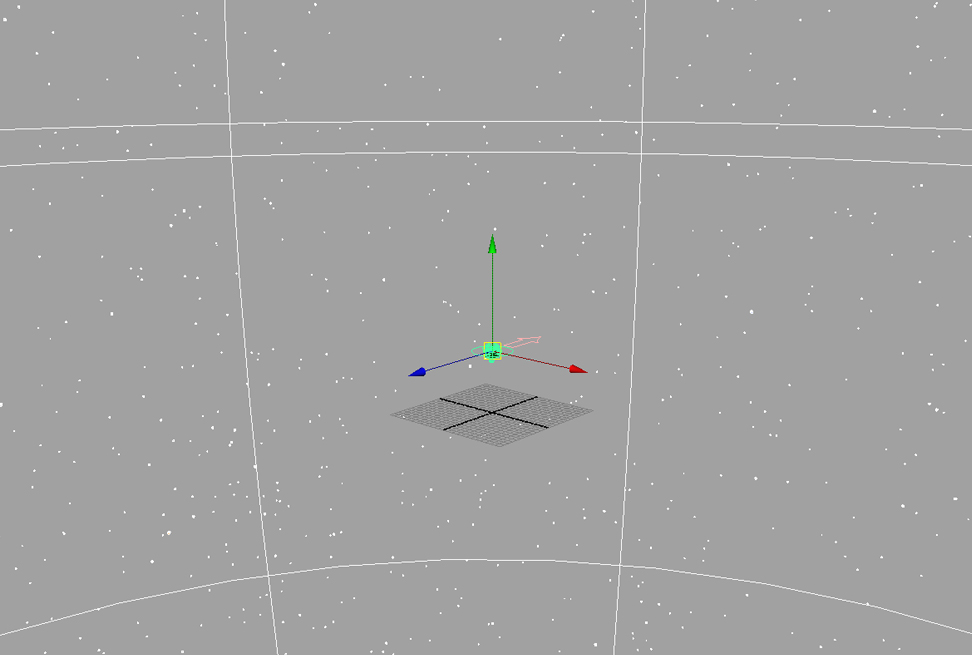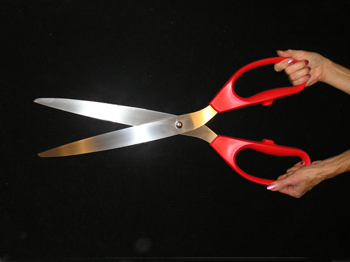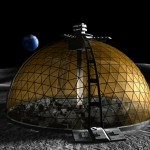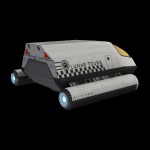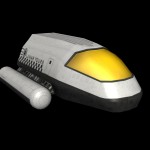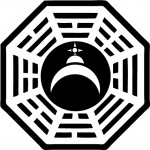I was reading the fulldome yahoo listserv today (the “My farm’s bigger than yours” string) and saw that a couple people mentioned producing for 8K systems. Wow. Already? Hmmmmm. I’m wondering if we’re jumping the gun a bit.
Now, for a minute forget about the technical issues, like the fact that After Effects can’t easily handle anything larger than 4K and that we’d need a render farm 4x bigger than our current one to handle the processing. After all, we’ve got Moore’s law working for us and sooner than later, the hardware and software will catch up.
What I’m wondering is will the average Joe Planetarium visitor appreciate the difference? After all, 4K looks great and I even think 2K looks pretty damn good on a large dome. And being part of the industry, I’m probably much more discriminating than 99% of the general public out there. I haven’t yet seen any 8K demos or been to any of the installations that Sky-Skan has done in China but I’ve been assured by Steve Savage over at Sky-Skan that it looks phenomenal and that even 4K content looks better on a 8K system (which I don’t really understand). And yes, it is supposed to be rivaling the image quality of large format 70mm film. So OK, maybe it’ll look fantastic and we’ll sit back and marvel at our own magnificence.
However, think about this – in that same string on the fulldome listserv, Paul Mowbray over at NSC Creative mentioned that their “Centrifuge” scene in Astronaut was “rendered at 2400×2400 and then scaled up to 3600×3600” and it still looked amazing on a large dome with a 4K system. In fact, it looked good enough that it picked up a Domie at the 2008 DomeFest.
He also said this, “… don’t get caught up with pure resolution” …. “4k doesn’t = high quality. If you have a big enough render farm/budget/time/patience then the higher res the better but at the moment very few domes can even show 4k so by the time they can you’ll probably be making a new show so in the meantime focus on the content itself.”
If we spent as much time worrying about storytelling and compelling content as we do about resolution, we’d have a lot more people excited about going to their nearest dome.
Centrifuge – ASTRONAUT – Fulldome from NSC Creative on Vimeo.








